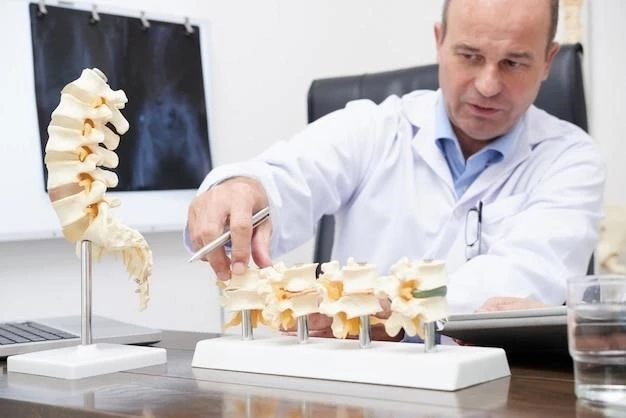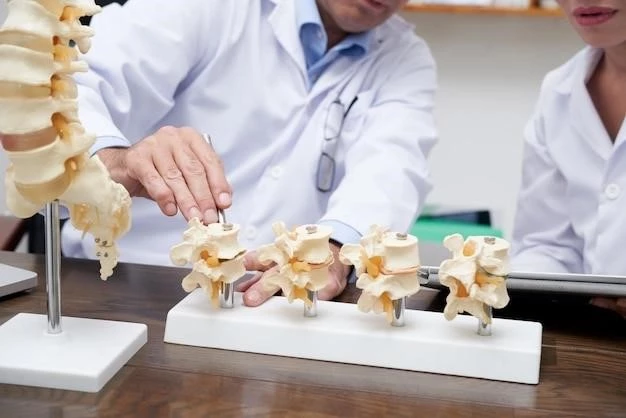Introduction
The intersection of skeletal dysplasia, epilepsy, and short stature presents a unique constellation of challenges and complexities in the medical field. Understanding the nuances of these conditions is crucial for providing comprehensive care and support to individuals affected.
Overview of Skeletal Dysplasia, Epilepsy, and Short Stature
Skeletal dysplasia refers to a group of disorders affecting bone and cartilage development, leading to abnormal skeletal structure and disproportionate stature. Epilepsy is a neurological condition characterized by recurrent seizures, sometimes seen in individuals with skeletal dysplasia. Short stature in this context can result from genetic factors impacting growth. Understanding these interconnected conditions is essential for tailored management approaches and improved quality of life for affected individuals.

Skeletal Dysplasia
Skeletal dysplasia encompasses various disorders affecting bone and cartilage development, resulting in abnormalities in skeletal structure and overall stature. Understanding the specific characteristics and manifestations of each type is crucial for accurate diagnosis and tailored management strategies.
Definition and Characteristics
Skeletal dysplasia encompasses a spectrum of genetic disorders affecting bone and cartilage development, leading to abnormalities in skeletal structure, joint functions, and overall stature. Individuals with skeletal dysplasia may exhibit disproportionate features, short limbs, and specific radiological findings that aid in diagnosis and classification. Understanding the distinctive characteristics of each skeletal dysplasia subtype is essential for accurate clinical assessment and appropriate management strategies.
Types of Skeletal Dysplasia
Skeletal dysplasia encompasses a range of conditions such as hypochondroplasia, achondroplasia, thanatophoric dysplasia, multiple epiphyseal dysplasia, and more. Each type presents unique characteristics, affecting bone growth and leading to diverse skeletal abnormalities and short stature. Understanding the specific features of each type is essential for accurate diagnosis and personalized treatment strategies.
Epilepsy
Individuals with skeletal dysplasia may sometimes experience epilepsy, a neurological condition characterized by recurrent seizures. Understanding the relationship between these conditions is essential for comprehensive care and treatment planning.
Relationship Between Epilepsy and Skeletal Dysplasia
Individuals with skeletal dysplasia may have an increased risk of experiencing epilepsy, a neurological disorder characterized by recurrent seizures. The relationship between these two conditions can impact the overall health and well-being of affected individuals, necessitating specialized care and management strategies tailored to address both skeletal and neurological aspects of the conditions.
Impact of Epilepsy on Individuals with Short Stature
Individuals with short stature affected by epilepsy may face additional challenges related to the management of seizures, potential medication interactions, and the impact of recurrent seizures on their overall health and well-being. Understanding the interplay between epilepsy and short stature is crucial for providing comprehensive care and support to individuals dealing with these complex conditions.
Short Stature
Short stature, a common feature of skeletal dysplasia, refers to below-average height due to various genetic or environmental factors impacting growth. Management and treatment approaches aim to address the underlying causes and optimize the overall well-being of individuals with short stature.
Causes of Short Stature in Skeletal Dysplasia
Short stature in skeletal dysplasia can result from genetic mutations affecting bone growth and development processes. Factors such as abnormalities in cartilage and bone formation, impaired growth hormone pathways, and specific genetic alterations play significant roles in the manifestation of short stature in individuals with skeletal dysplasia. Understanding these complex interactions is crucial for tailored management approaches and targeted interventions to address the underlying causes of short stature.
Management and Treatment Approaches for Short Stature
Effective management of short stature in individuals with skeletal dysplasia involves a multidisciplinary approach. Treatment strategies may include growth hormone therapy, surgical interventions to correct limb length discrepancies, physical therapy, and genetic counseling. Personalized care plans tailored to address the underlying causes of short stature can improve the quality of life and overall outcomes for affected individuals.
Genetic Aspects
Understanding the genetic links between skeletal dysplasia, epilepsy, and short stature is essential for providing comprehensive care. Genetic factors play a crucial role in the development and manifestation of these interconnected conditions, highlighting the importance of genetic analysis and counseling in the management of affected individuals.
Genetic Links Between Skeletal Dysplasia, Epilepsy, and Short Stature
Understanding the genetic relationships among skeletal dysplasia, epilepsy, and short stature is essential for elucidating the underlying mechanisms that contribute to the manifestation of these interconnected conditions. Genetic factors play a central role in the pathogenesis of these disorders, highlighting the intricate interplay between genetic abnormalities and clinical presentations. Comprehensive genetic analysis and counseling are critical components of managing individuals with this complex disease combination.

Diagnosis and Prognosis
Accurate diagnosis of skeletal dysplasia, epilepsy, and short stature poses challenges due to their complex interplay. Prognosis and long-term outlook depend on timely identification, comprehensive management, and tailored treatment strategies to address the unique needs of individuals affected by this disease combination.
Diagnostic Challenges in Identifying Skeletal Dysplasia, Epilepsy, and Short Stature
The diagnosis of skeletal dysplasia, epilepsy, and short stature presents complex challenges due to their overlapping characteristics and shared genetic underpinnings. Clinicians may face difficulties in distinguishing between the individual components of this disease combination, requiring a thorough evaluation of clinical symptoms, genetic testing, and advanced imaging techniques to accurately identify and differentiate these conditions. Collaborative efforts among multidisciplinary teams are crucial to overcoming these diagnostic challenges and ensuring appropriate management strategies for individuals affected by this complex disease triad.
Prognosis and Long-Term Outlook for Individuals with this Disease Combination
Considering the complexity of skeletal dysplasia, epilepsy, and short stature as a disease combination, the long-term prognosis depends on the individual’s specific genetic alterations, severity of symptoms, and access to comprehensive medical care. Developing personalized treatment plans, including genetic counseling, neurological management for epilepsy, and growth optimization strategies, can significantly impact the overall quality of life and outcomes for those affected by this unique overlap of conditions.
